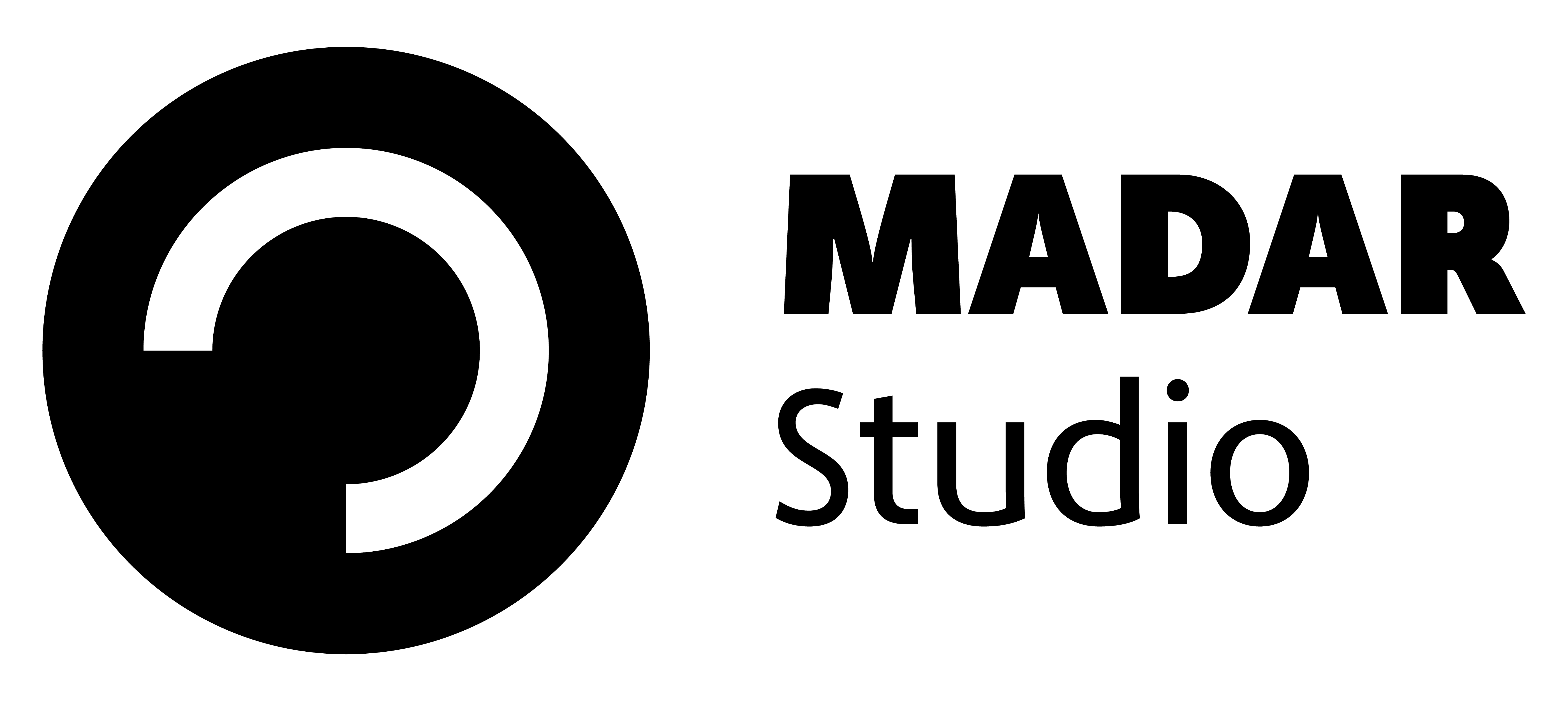So by now, we can suggest you already know that a good design isn’t an accident. Like any other thing in life, there’s science behind it. In other terms, Good design is briefly a good idea illustrated in a smart, conventional way.
This science is known as “elements of design”, which makes a design a good one. Any designer, from amateurs to experts, should follow and put in mind the following tips and practices to produce visually appealing, meaningful pieces.
So what are those elements of design? Grab your tea and keep reading..
1) Line:
Lines is any linear marks. They form everything. They can be thick, thin, broken, curved, straight, diagonal, horizontal or wavy. Each evokes different subliminal messages and emotions such as excitement, neatness, movement, etc.

Through leading and direct the viewer’s eye, Lines can set or emphasize specific information in a composition, and make it stand out among other items.

Lines are a simple, yet significant graphic element to style your pieces and add up powerful, cool effects with.
2) Shape:
Every object is composed of shapes. A shape is a two- or three-dimensional object defined by boundaries (such as lines or colors) that makes it stand out from the surroundings.

Shapes have two main types, geometric shapes like squares, triangles, etc, and organic ones such as blocks of texts, speech bubbles, etc. both types contribute into adding interest into a design.

Always consider how different elements within your composition create shapes, and how these shapes are interacting together to convey a particular meaning and value.
3) Color:
Color comes first in the creation of any visual piece. It can never be ignored or considered as an afterthought. Although many of the designers find color theories challenging to fully understand, yet the basics are simple and easy to perceive. As a designer, no matter your level is, you have to invest more time into understanding, applying and getting advanced with color theories and psychology.

Color helps emphasizing on specific elements or areas in a composition. It creates a mood and tells a story. Every color says something special and unique of its own, so obviously combinations and mixtures give further meanings.

Remember: every design should be appropriately contrasted and balanced.
4) Texture:
Texture in brief refers to the quality of a surface in any artwork. And while the digital designs aren’t ever going to be touched, texture helps defining how a design feels and looks like.

Textures create a more three-dimensional look on a two-dimensional surface (digital screens) creating dynamic, contrast and visual balance within a composition.
When things feel the same they appear, this is called “real texture”. While when they looks different than what it actually is, then it’s called “implied texture”.
5) Typography:
Typography is more than just words. It’s a major element of any design it’s used within, either it’s used as a text or a shape.

Typography strongly contributes into creating a specific mood or emotion. It gives a styled structure to your design content.
When Typography is used conventionally, it can communicate the deepest meaning of your design, and conveys particular, accurate emotions.
Final thought
In general, the design theory suggests that designs and artworks please the audience’s eyes as a result of the way the element of design are composed and put together according to the principles of designs. The principles are the guide, while the elements are the tools.
To master both the guide and the tools (AKA design principles and elements) you need to invest more time practicing and experimenting different adjustments and changes in each piece you work on.

